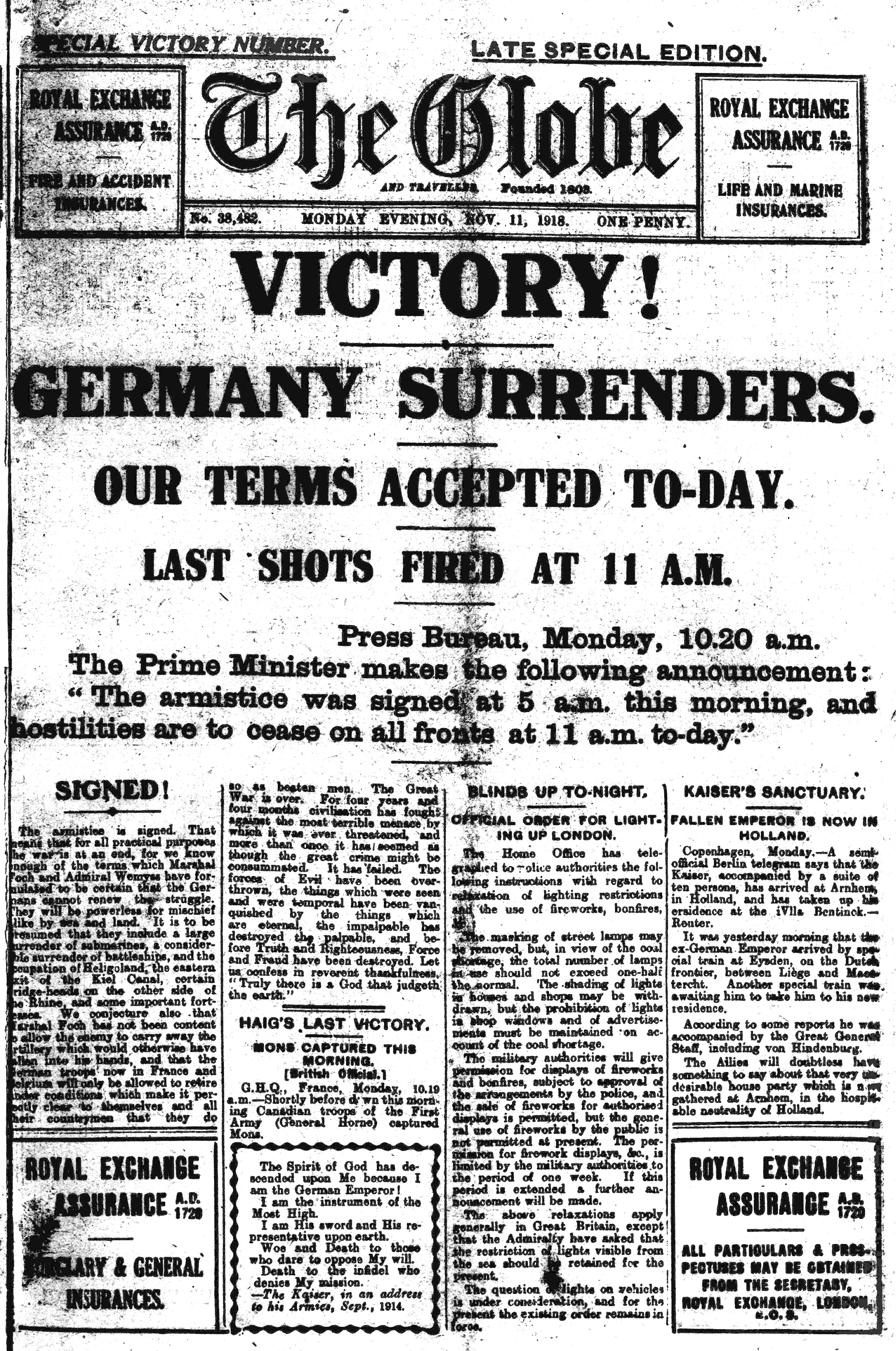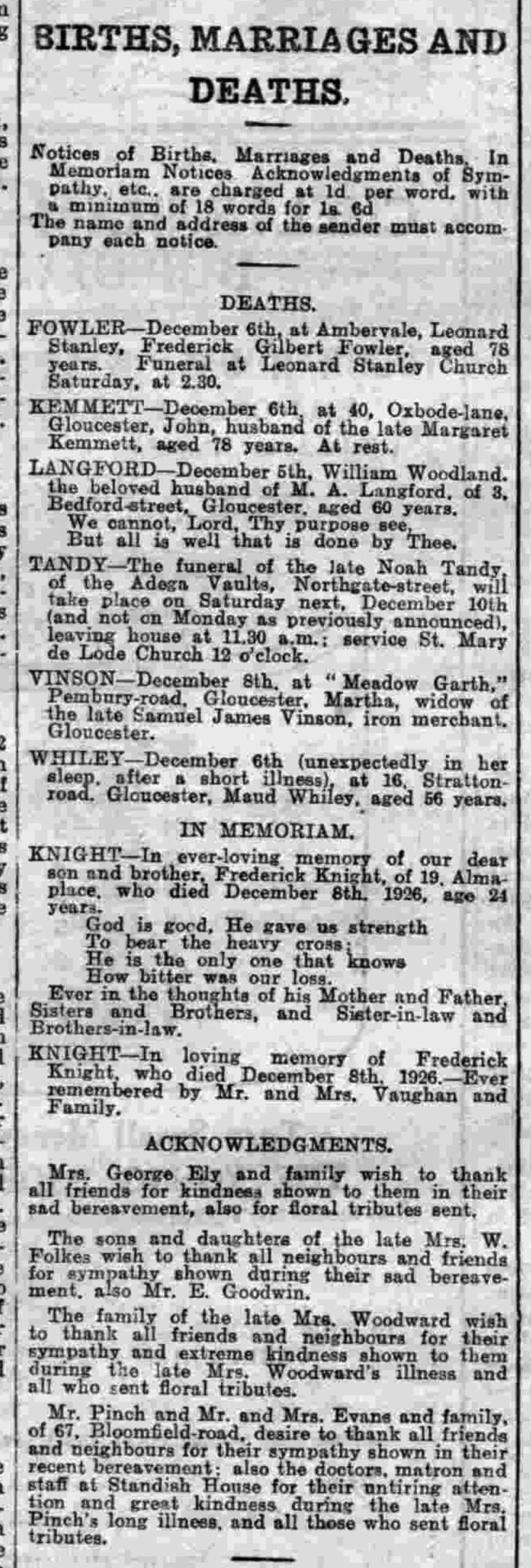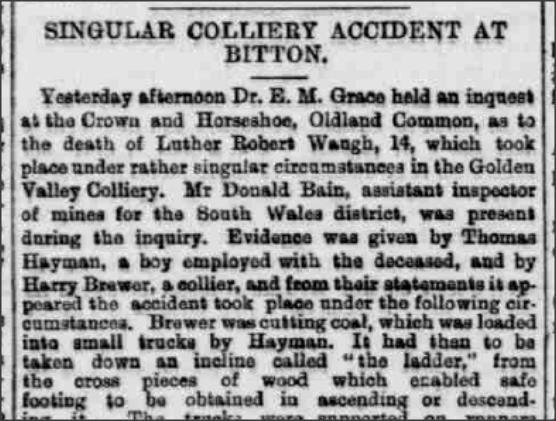Pictorial Times – Saturday 06 March 1847
CRIMES AND CASUALTIES.

Fatal Collision in the River.
A collision, involving what is supposed to be the loss of seven lives, happened early on Sunday morning in the river, off Old Haven, about two miles below Tilbury Fort. The vessel which is lost appears to have been the Rose of Exeter and, having been loaded with a cargo of miscellaneous goods at Topping’s Wharf, London Bridge, reached Old Haven Bay. She there brought up for the night. The Rose, it is stated, was moored well in the bay on the Essex side and remained safe until the following morning (Sunday), when a large three-masted steamer was seen coming down at a speed of twelve or fourteen miles an hour, having the ebb tide with her. She exhibited the usual lights at her bow and mast-head. She continued her course, and on nearing the schooner, the usual cries were raised on board the steamer to “port,” “ease her,” “stop her,” “turn her astern,” but before these orders could be complied with, she came in contact with the vessel with tremendous force, the steamer’s bow carrying away the schooner’s foremast and cutting her bulwarks and hull down to the water’s edge. It being evident a few seconds after the collision that the schooner was rapidly filling, all hands on board the steamer ran aft in order to save the crew of the ill-fated craft. Ropes and other means of rescue were thrown out, but only one man was seen alive, and they succeeded in preserving him, but the remainder of the crew, five in number, and it is supposed two passengers, were lost. Boats were put off in the direction whence the cries proceeded, but their aid was of no avail. The steamer remained near the spot where the Rose went down for some time, with a view of picking up what might be cast from the wreck. Little appearing, however, she proceeded on her voyage to Leith, the damage she sustained not being so serious as to prevent her completing the run. The coast guard have ascertained that the wreck lies in six fathoms at low water, leaving many doubts as to whether she will be raised, or the bodies got out.
Accident in the Strand.
On Tuesday night a youth named Watkins, while crossing the carriage way of the Strand, opposite Exeter Hall, was run over by an omnibus proceeding towards Charing Cross. The poor fellow was picked up in an insensible state, when it was found that injuries of the most frightful description had been sustained.
Marylebone.
An inquest was held on Tuesday in the Marylebone workhouse, by Mr. Wakley, on Harriet George, aged seventy. The deceased, who was respectably connected, lived as a servant with the family of the Rev. Dr. Knapp, Dean of St. Paul’s and Vicar of Willesden, until she was superannuated, receiving her 6s. 6d., two quartern loaves weekly, and clothes. On Saturday the unfortunate woman was found in a sitting posture near a trunk in her room burned to a cinder, and the whole apartment in flames. It was supposed that while looking over her clothes in the trunk, a spark ignited the contents of the trunk, and that the flames extended to her person. Verdict, “Accidental death.”
Fire.
On Wednesday morning, a fire broke out in the workshops belonging to Mr. Willoughby, carpenter and builder, in Pearl Street, Old Gravel Lane, Wapping. Owing to the combustible nature of the stock, and also of the building—the latter being nearly all wood—the fire travelled with great fury. The occupier was insured.
Fire at Deptford.
On Wednesday morning information was received that a dreadful fire was raging at Deptford. The engines of the Brigade and West of England Company were dispatched thither, and on their arrival two houses in Flagon Row, Deptford, were on fire. One by that time (a clothier and draper’s) was entirely consumed. The firemen exerted themselves to the utmost, but by two o’clock both houses, with their contents, were reduced to a heap of ashes. The origin of the fire was unknown. It appears that some time after the inmates had retired to bed, a noise like the discharge of a gun was heard by one of the neighbours, and almost instantly flames rushed through every aperture in the lower part of the house. After a deal of trouble, the inmates were awakened, but were unable to descend the staircase on account of the fury of the flames. A ladder having been procured, they were rescued from the second floor with nothing on but their nightclothes. A young man, at great risk, forced his way into the burning buildings, and snatched from the flames a coffin, containing the body of one of Mr. Webb’s children, recently deceased. The flames at one period extended completely over the entrance to Flagon Buildings, so that none of the occupiers were able to escape. The excitement created by this circumstance was truly distressing, there being nearly a dozen families hemmed in by the fire on one hand, and a wall on the other, and the flames at the same moment were travelling down the place, threatening destruction to life and property. The parties having set to work, they hurled down the wall at the end of the court, and by that means they were enabled to escape. The total damage is very considerable, but Mr. Webb is fortunately insured.
Destitution.
An inquest was held on Tuesday by Mr. Wakley, M.P., in the Marylebone workhouse, on the body of Catherine Flynn, aged fifty. Last Saturday deceased applied at the lodging-house, 2, Gee’s Court, Oxford Street, for a bed for the day, and for which she paid 3d. At seven o’clock p.m. she was found dead in bed. In her pocket were three farthings, thirteen duplicates, and a key. Verdict, “Natural death.”
Explanation and Analysis:
- Fatal Collision in the River:
- This story reflects the dangers of maritime navigation during a period of increasing river traffic due to industrialisation. Despite safety measures like lights and commands to steer, human or mechanical error caused a catastrophic loss. The story highlights how limited technology and safety protocols often led to tragedy.
- The loss of cargo and lives, including the difficulty of recovery due to the wreck’s depth, showcases the logistical challenges of river operations at the time.
- Accident in the Strand:
- The urban environment of London in the mid-19th century saw rising traffic from horse-drawn omnibuses. Pedestrian safety was often compromised, as evidenced by the severe injuries sustained by the young victim.
- Marylebone Fire:
- Harriet George’s accidental death underscores the dangers of open flames and limited fire safety knowledge in homes. For genealogists, details about Harriet’s life may help trace family ties or social conditions.
- Deptford Fire:
- This incident illustrates the risk of fire in densely packed urban housing. The bravery of individuals who risked their lives to save others, and the eventual escape of multiple families, shows both the hazards and the human spirit of the time.
- Destitution and Inquests:
- Catherine Flynn’s story is a stark reminder of the plight of the poor in Victorian London. Her meagre possessions and death in a lodging-house highlight the struggles faced by those at the margins of society.
The Pictorial Times

The Pictorial Times was a British illustrated newspaper established in 1843 as a competitor to the more popular Illustrated London News. It focused on providing readers with a combination of news stories, cultural commentary, and visual appeal through high-quality woodcut engravings. Its aim was to capitalise on the growing demand for illustrated journalism in Victorian Britain, where literacy rates were increasing, and there was a strong appetite for accessible, visually engaging news.
Key Features:
- Illustrations: The Pictorial Times was renowned for its detailed engravings, which complemented its articles. These illustrations covered a wide range of topics, from political events to social issues, natural disasters, and even entertainment.
- Target Audience: It appealed to the emerging middle class and educated working-class readers who wanted affordable yet informative publications.
- Content: The newspaper covered a broad spectrum of topics, including:
- Domestic and international news
- Crime and court reports
- Social and cultural events
- Scientific advancements
- Fiction and poetry
- Advertisements for goods and services
- Cultural Significance: The Pictorial Times is a valuable resource for historians and researchers today, as it provides insights into Victorian society’s attitudes, priorities, and daily life.
- Decline: Despite its quality and diverse content, the Pictorial Times struggled to compete with the Illustrated London News. Its publication ceased in 1848 after a relatively short lifespan, but it left behind a significant archive of 19th-century visual and written journalism.
For researchers, the Pictorial Times remains a treasure trove of information about mid-19th-century Britain, particularly for genealogy, local history, and the study of Victorian media.
Tragedies of Victorian Britain: Fatal River Collision, Urban Mishaps, Fires, and Destitution – Insights from 1847. #History #VictorianEra #Genealogy #VictorianHistory #MaritimeTragedy #UrbanLife #GenealogyResearch #HistoricalInsights #VictorianLondon




